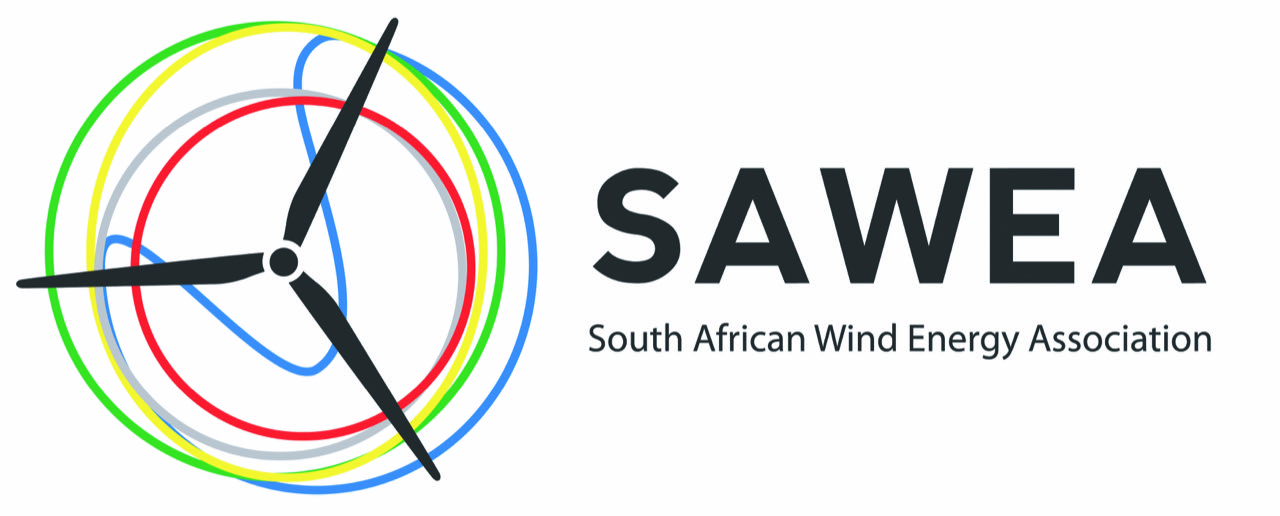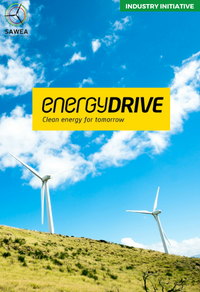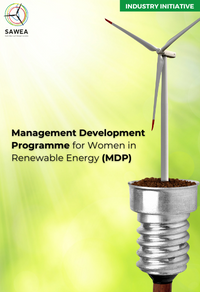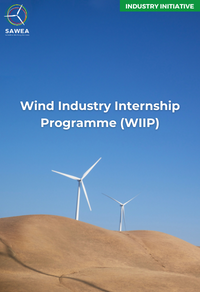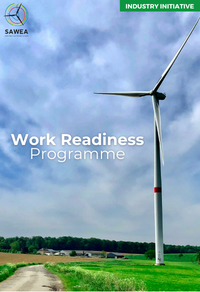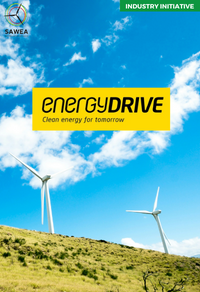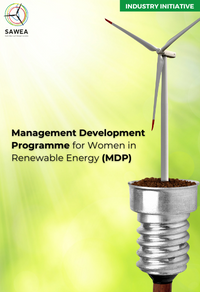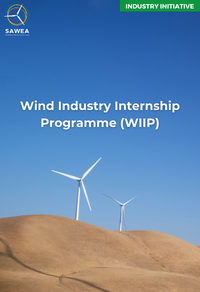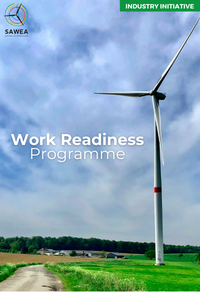30GW of Wind Energy Projects in Development Pipeline
Working together with the country’s State Utility, SAWEA (South African Wind Energy Association) and SAPVIA (South African Photovoltaic Industry Association) joined forces with this key energy stakeholder to execute an in-depth study that will support enhanced grid planning as well as the strengthening and expansion of this critical infrastructure. Results of this Renewable Energy Grid Survey, a presentation today (6 June 2023), clearly demonstrated the commitment from industry to help drive the country’s new power generation, revealing a pipeline of 66GW of renewable energy projects under development, inclusive of all technologies. Additional opportunities for market growth have been clearly revealed by a consistent stream of new wind projects being developed.
The survey results further demonstrated the growing trend of Wind and battery storage projects under development, with 21GW of wind and 7.5GW of wind and battery storage in the pipeline. “This survey offered a valuable opportunity for the renewable energy industry to shape and influence grid planning, really considering the balance between grid expansion and grid optimisation. The results clearly indicated a good penetration of future wind power development across the wind map,” said Niveshen Govender, CEO of SAWEA. Looking specifically at future wind projects, short-term (2024-2026) development is located predominantly in the Cape and Hydra Cluster regions. However, this pattern shifts when looking at the medium term (2027-2029), when new wind power generation projects seem to dominate across the KwaZulu Natal and Mpumalanga Provinces.
“We now have clear market intelligence that shows stable and constant growth in wind projects being developed in South Africa, despite challenges, indicating hope and investor interest. It is vital for investors, both local and global, to view South Africa as an investment destination for renewable energy to ensure that we achieve the desired impact for growth and development of our economy,” added Govender. Through the presentation, it was evident that curtailment is essential for future development, as with all markets that have high penetrations of renewable energy. As SAWEA has advocated, by pairing wind and solar power plants, a single transmission connection point can be used more effectively, matching renewable energy generation profiles with energy demand.
This provides the country’s national grid network operator (Eskom), with an increased uptake of power at a particular point. Considering that it has been proven in global energy markets that co-location of wind, solar PV and energy storage technologies offer more stable, predictable and dispatchable power output, the option of shared grid connections makes sense in the efforts to optimise the current grid infrastructure. “The survey has reinforced the need for co-location and a curtailment framework to ensure new generation capacity and Eskom acknowledged this prerequisite to increase the supply of renewable energy going forward. The curtailment regime needs to be well thought out and well managed within the contractual structures to ensure positive outcomes. Furthermore, the overwhelming majority of industry responses indicated a willingness for curtailment in grid-constrained areas with many suggesting up to 5% being acceptable – this is very much in line with international examples,” concluded Govender.
